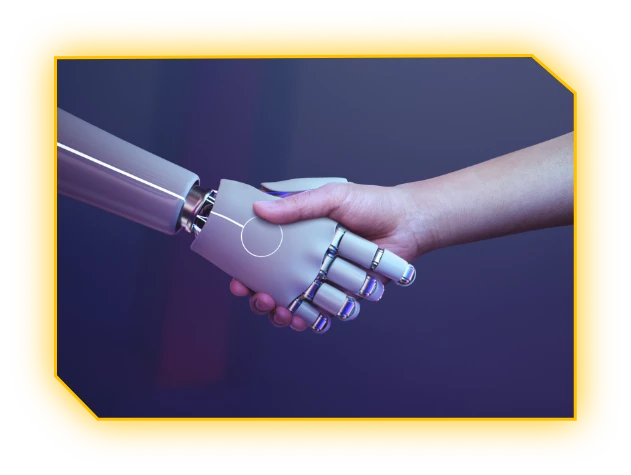
Introduction: Why Software Delivery Needs a Redo
In every company today, the same questions keep coming up: How do we build faster? How do we cut costs without cutting corners? And how do we keep systems secure while doing both? The pressure isn’t new. Enterprises have been facing these trade-offs for years. What has changed is the pace. Customers now expect updates in weeks, not months. Regulators are stricter than ever. And legacy systems that once felt safe have turned into anchors slowing the entire business down. For a while, the answer seemed to be “throw more people and more tools at the problem.” Bigger teams. More outsourcing. Dozens of disconnected platforms. But in reality, that only created new layers of complexity. Software delivery pipelines became longer, not leaner. Then came Gen AI. Suddenly, developers had copilots writing snippets, testers had AI tools suggesting bug fixes, and QA teams could generate test cases automatically. Useful, yes. But let’s be honest – these are still just helpers. They don’t connect the dots. They don’t see the bigger picture. And for enterprises, the bigger picture is everything. This is where agentic ai enters the conversation. Instead of a single assistant waiting for prompts, you get a system of Gen AI Agents — intelligent components working together, each focused on a task but operating with shared context. Pair that approach with a true SDLC automation framework, and the result is something enterprises have wanted for decades: speed, security, and scalability without compromise.Why AI Alone Isn’t Enough
The first generation of AI tools in software engineering was built around individual productivity. A developer could ask a copilot to generate a function. A tester could spin up a few automated scripts. A project manager could get an AI-generated report. That’s nice – but it doesn’t solve the enterprise problem. If one team is using AI to code faster, another is testing manually, and a third is handling compliance the old way, then what do you really gain? At best, you save pockets of time. At worst, you create silos where workflows break down. For enterprises, this is the critical gap. AI in pieces is not enough. What’s needed is a way to orchestrate intelligence across the SDLC – coding, testing, deployment, and production support – in one connected flow.The Shift Toward Agentic Gen AI
This is why Agentic Gen AI matters. It’s not just another assistant. It’s a model built on the idea of multiple agents, each capable of independent reasoning, but designed to work together. Think of it as moving from “a helper at your desk” to “a team that knows how to divide the work.” One agent handles requirements. Another runs vulnerability checks. Another creates test scripts. And because they share context, they’re not just executing in isolation – they’re coordinating. For enterprises, this is more than convenient. It’s transformational. When Gen AI Agents can pass knowledge between tasks, you start to see true intelligent SDLC automation emerge.Introducing Sanciti AI
Sanciti AI was designed around this exact idea. It isn’t just another productivity tool or a shiny code generator. It’s the SDLC automation framework built to bring enterprise software delivery into the age of intelligence. Instead of adding yet another layer of tools, it creates a connected environment where automation is part of the foundation. From requirements gathering to secure deployment, every stage benefits from AI-driven intelligence. And because it’s built with compliance in mind, it’s not just fast – it’s enterprise-ready.Core Capabilities of Sanciti AI
Let’s break down what this framework enables in practice.- Faster cycles: Enterprises can reduce development timelines by as much as 40% and get products to market 25% quicker.
- Better quality: Peer review time drops by more than a third, and production bugs decline by 20%.
- Smarter QA: Automated test generation and code analysis mean defects are caught earlier, lowering QA budgets by up to 40%.
- Legacy modernization: Instead of starting over, enterprises can refactor and upgrade systems intelligently, preserving business logic while improving scalability.
- Secure delivery: Compliance with ADA, HIPAA, OWASP, and NIST isn’t an afterthought — it’s built into the framework.
Gen AI Agents in Action
The most unique aspect of Sanciti AI is its modular system of gen ai Gen AI Agents. Each one has a specific role:- RGEN → generates requirements and use cases directly from the codebase.
- TestAI → creates automation and performance scripts for faster QA cycles.
- CVAM → scans and mitigates vulnerabilities to harden software security.
- PSAM → improves production support through log monitoring, ticket analysis, and reporting.
Why Sanciti AI Stands Apart
Plenty of Gen AI tools claim to improve productivity. A few promise faster code generation. Some automate testing. But they’re all point solutions. Sanciti AI is different because it is a framework, not a collection of disconnected tools. It was built for enterprises that need:- Automation across the entire SDLC.
- Security and compliance from the first release.
- Scalability across technologies and regions.
- A sustainable way to reduce technical debt.
The Enterprise Impact
The results speak directly to both business leaders and engineering teams. For decision makers:- Faster launches = stronger market competitiveness.
- Reduced budgets = healthier margins.
- Enterprise-grade compliance = lower risk.
- Less time wasted on repetitive tasks.
- More time to solve real problems.
- Confidence that quality and security aren’t slipping through the cracks.